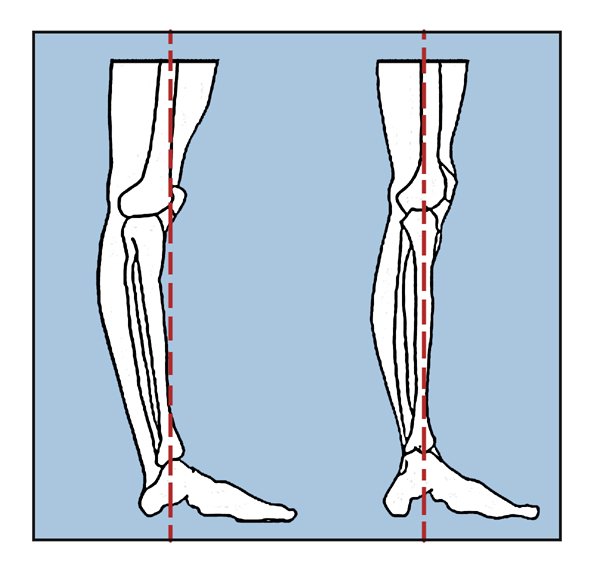Dancer Health: Hyperextension of the Knees
In my bodywork practice, I rarely approach a day’s worth of clients in the same way. Recently, my schedule was booked full with a visiting dance company and for a week straight I worked on virtually the same issue among them all. The main focus of my therapy protocol was to treat the muscle imbalances related to hyperextension of the knees.
Fair enough, this is a widely discussed issue. It’s hard to ignore this postural, especially in the past however-many years of the skinny jeans (and platform pumps and heels classes) revival.
To put us all on the same page, hyperextension of the knee, a condition called Genu recurvatum, indicates greater than a 10-degree angle between the femur and the tibia in full extension.
While I never like to lead my readers to more questions than answers, I feel that the general consensus around knee hyperextension is understated. Knee dysfunction is a huge indicator of imbalance and a barometer for future injury and disorders. You or someone you know may actually be feeling pain in another area of the body caused by the same or compensatory patterns that result in knee hyperextension.
Do you have foot, ankle, knee, hip or low back pain, popping, or swelling?
Look at yourself in the mirror. Check out those knees. If the curve is greater than 10 degrees, you’re going to want to read further. Remember, knowing is more than half the battle!
Knee hyperextension is a result of any combination of things - laxity in the ligaments around the knee, imbalance of muscles supporting the lower leg, upper leg, hip and/or pelvis. The shift of this mid-limb joint may be part of an ascending pattern – originating from a misalignment in the foot or ankle, or a descending pattern – originating from the carriage of the upper body or a hip and pelvis misalignment. Uneven tracking in the lower body creates uneven wear and tear on the soft tissues that protect the joints. It is certainly an indicator of compensation. With the knees locking back, the feet and ankles will grip and so will the hip flexors as the pelvis rocks forward to stop you from literally falling over thanks to the constant pull of gravity. If the pelvis is locking forward, the spine is along for the ride, often pitching backward through the upper body, with the head coming forward as a result of the wiggle through the upper body.
Often in this scenario of the hyperextended knee, an imbalance between the pairs of muscles of the front of the body and back of the body are imbalanced, and the pairs of muscles of the outer leg and inner leg are imbalanced. So many times dancers have a pulled hamstring complaint, or other muscle pains that are predominant but are not the primary cause of the problem.
Often the front of the hip is stronger than the back of the hip = hip flexors (the psoas, iliacus, rectus femoris and even pectineus) are more active than the hip extensors (hamstrings and gluteus maximus). While the muscles of the front of the lower leg are far weaker than the back of the lower leg = the plantar flexors are far more active than the dorsiflexors. If they weren’t, you’d be falling forward!
Further, inner and outer leg muscles generally perform inward and outward rotation and stabilization. With further postural analysis, one may find that the upper bone of the leg, the femur, and the lower bones of the leg, the tibia and fibula, may be in a position of rotation. This further indicates uneven wear and tear on the joints, and disproportion to muscle groups of the lower body. Imbalances in the bones, scoliosis, and other congenital contributions also must be determined and recognized.
My protocol for working with these dancers included postural analysis, muscle balancing through massage, stretching and strengthening, and in some cases, movement re-education. The beauty of us dancers is, we are amazing at both isolating movement and then re-connecting it all again, to come out stronger on the other side. As I said before, knowing is more than half the battle. Recognizing the signs of imbalance will make you a better artist and a better client/patient who will seek out practiitoners who are grounded in holistic treatment and complete recovery.
Thanks for reading and as always, happy dancing!!!







